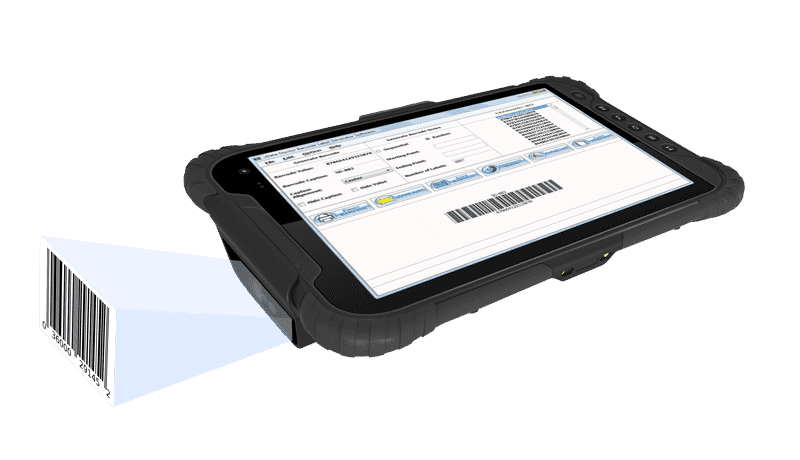In today’s fast-paced business environment, barcode scanners play a crucial role in streamlining operations, improving accuracy, and enhancing efficiency. However, with various types of barcode scanners available in the market, it’s essential to understand the differences between them to make an informed decision that meets your specific business needs. In this comprehensive guide, we’ll delve into the distinction between two prominent types of barcode scanners: 1D and 2D, helping you determine which one is right for you.
1. What are 1D and 2D Barcode Scanners?
- 1D Barcode Scanners: Also known as linear barcode scanners, 1D barcode scanners are designed to read traditional linear barcodes consisting of parallel lines and spaces of varying widths. These barcodes encode data in a single direction, typically horizontally.
- 2D Barcode Scanners: Unlike 1D scanners, 2D barcode scanners can read both linear (1D) and two-dimensional (2D) barcodes. 2D barcodes contain data in two dimensions, often represented as squares, dots, or other geometric patterns, allowing them to store significantly more information than 1D barcodes.
2. Key Differences Between 1D and 2D Barcode Scanners:
- Data Capacity: 2D barcodes have a much higher data capacity than 1D barcodes, making them suitable for storing extensive information such as product details, serial numbers, expiration dates, and more.
- Versatility: While 1D barcodes are limited to encoding numerical and alphanumeric data in a linear format, 2D barcodes offer greater versatility by accommodating various types of data, including text, URLs, images, and even executable code.
- Scanning Speed: In general, 1D barcode scanners are faster at reading linear barcodes due to their simplified scanning process. However, advancements in 2D barcode scanning technology have narrowed the speed gap significantly in recent years.
- Size and Design: 1D barcode scanners are typically more compact and lightweight than their 2D counterparts, making them ideal for applications where portability is a priority. 2D barcode scanners may be bulkier due to additional hardware required to decode two-dimensional barcodes.
- Cost: 1D barcode scanners are generally more affordable than 2D scanners, making them a cost-effective option for businesses with basic barcode scanning needs. However, the gap in pricing has been shrinking as 2D barcode scanning technology becomes more accessible.
3. Which Barcode Scanner is Right for You?
- Consider Your Application: If your business primarily deals with simple inventory management tasks and product identification, a 1D barcode scanner may suffice. However, if you require advanced features such as data-rich barcodes, mobile payment capabilities, or inventory tracking, a 2D barcode scanner offers greater flexibility and future-proofing.
- Evaluate Data Requirements: Assess the type and amount of data you need to encode and decode. If you only need to capture basic product information or serial numbers, a 1D barcode scanner may meet your needs. Conversely, if you deal with complex data sets or require real-time access to extensive information, a 2D barcode scanner provides the necessary capacity and versatility.
- Consider Long-Term Scalability: While a 1D barcode scanner may meet your current needs, consider your business’s future growth and evolving requirements. Investing in a 2D barcode scanner upfront can future-proof your operations and minimize the need for costly upgrades down the line.
- Evaluate Total Cost of Ownership: While 1D barcode scanners may have a lower upfront cost, consider the total cost of ownership over the scanner’s lifespan, including maintenance, support, and potential upgrades. In some cases, the benefits of investing in a 2D barcode scanner may outweigh the initial cost savings of a 1D scanner.
Depends On Your Requirements:
In conclusion, the choice between a 1D and 2D barcode scanner ultimately depends on your business’s specific requirements, budget, and long-term objectives. While 1D barcode scanners offer simplicity and affordability, 2D barcode scanners provide greater versatility, data capacity, and future-proofing capabilities. By carefully evaluating your application, data needs, scalability, and total cost of ownership, you can make an informed decision that maximizes efficiency and productivity in your operations.
